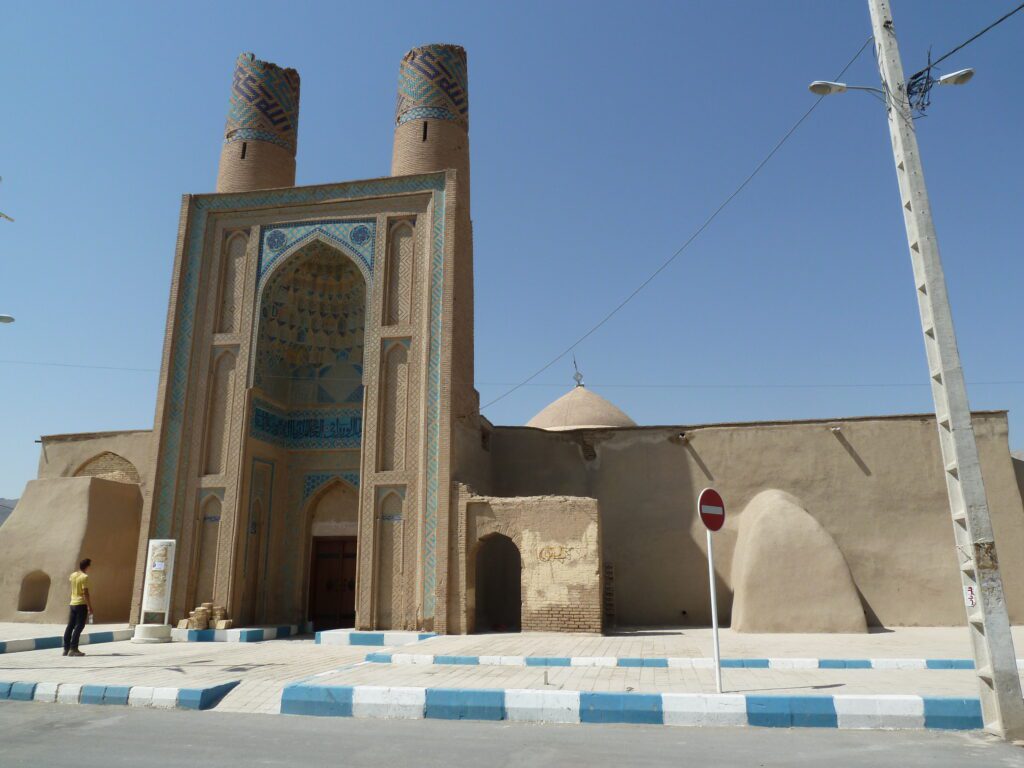In class, we talked about the Aga Khan, the leader of the Ismailis, and their work in preserving art and architecture. An interesting thing I noticed is that the architectural history program at Harvard University is called the Aga Khan Program for Islamic Architecture. The program is supported by an endowment from the Aga Khan starting in 1979. It shows that the Aga Khan supports architectural history and preservation both in the Islamic world and outside of it.
Author: mirandalen
https://www.islamonline.net/en/i-want-to-know-about-aishah-bint-abu-bakr/

This article is all about Muhammad’s youngest wife, Aisha bint Abu Bakr. After Khadija, she was Muhammad’s most beloved wife and one of the most politically important. After he died, she was a close advisor of Khalifa Umar. She led an army against ‘Ali for not prosecuting Uthman’s murderers, but was defeated. ‘Ali sent her back to Mecca to live out the rest of her life, showing his respect for her. She was considered a leading expert on the Qur’an and spoke many of the Hadiths, being one of four people who spoke over 2,000. Aishah was important to early Islam outside of being Muhammad’s wife as a religious and political leader.
Despite being a nomadic empire, the Akkoyunlu also built massive funerary complexes, similar to the Timurids. The most famous of these is the Uzun Hasan mosque in Tabriz, Iran. The mosque is massive and has similar tilework that the Timurids were known for, with most of it being colored a bright teal. The dome shapes also parallel typical Timurid architecture. The similarity is likely because Timur forced Persian architects and tile-workers to Samarqand to design mosques and tombs for him. The Akkoyunlu, which primarily in Iran, would have probably worked with architects who still continued to use this architectural style and learned about tilework from the artists Timur commissioned.

This video is a brief history on Timur’s favorite wife, Saray Mulk Khanam. It isn’t in English, but there is a translation in the description. She was a direct descendent of Chingiz Khan through Chagetai Khan, as she was the daughter of the last khan of the Chagetai Khanate. The last name “Khanum” means daughter of a Khan. Timur used this as a way of legitimizing his rule and his goal of “Chingizid Restoration.” She wielded great influence in the empire and commissioned several madrasas and mosques. While there are legends of the Bibi Khanym Mosque, which we looked at in class, being commissioned for Timur’s youngest wife, it was actually commissioned and built for Saray.